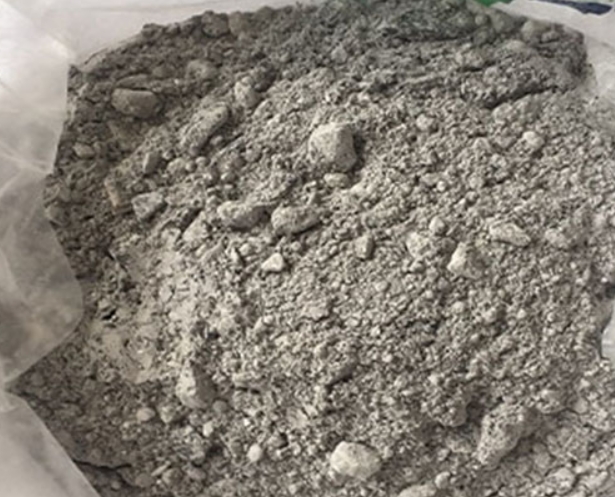- 13
- Apr
Features of new castable for aluminum melting furnace
Features of new castable for aluminum melting furnace
(1) High-tech castables include: low cement, ultra-low cement and non-cement castables, which are characterized by fineness (low porosity), high strength, low temperature, medium temperature, and high temperature strength, and the strength follows the temperature. As it rises and increases; the volume of other castables is very stable at various temperatures.
(2) After adjusting the particle size, particle size distribution, peak planting and type of the ultrafine powder participating in the pouring, the multi-level “close packing” method is used together to reduce the porosity of the pouring material to less than 10%, and the uniform pore distribution of the cut product is only 0.5PμM, while the traditional phosphoric acid or aluminum phosphate as a binder, the uniform pores of the refractory materials are 22μM; generally speaking, it is difficult for aluminum liquid to penetrate the pores less than 0.5μM, so low cement castables will replace phosphates. Traditional refractory materials of the agent.
(3) In this kind of low porosity and small uniform pore dispersion, the composite additive that resists aluminum liquid penetration is not added in the low cement injection, which can increase the moisture angle of the aluminum liquid to the refractory material, and enhance the aluminum resistance of the castable. The function of liquid soaking is very obvious.

Castable for aluminum melting furnace
struktur
(1) Add aluminum ingots or waste materials from the furnace door to the furnace, which is easy to hit the furnace door and the top of the furnace door. It is recommended to use high-strength low-cement castables with heat-resistant steel fibers on the furnace door and the top of the furnace door. It is a high-quality refractory material equipped with stainless steel heat-resistant fibers containing nickel and chromium and other alloying elements on the basis of low cement castables, and appropriate explosion-proof agents and special additives. It is characterized by high strength, good resistance, impact resistance, Heat shock resistance, shedding resistance, corrosion resistance, penetration resistance, etc. It is functional when used in an environment below 1200°C. Tests show that its strength at 1000°C is 30-60 higher than that of ordinary high-alumina castables without steel fiber.
(2) For the furnace top, a castable with good volume stability and high high-temperature structural strength should be selected. Considering energy saving and consumption reduction, the bulk density of the castable should be as small as possible.
(3) Use lightweight castables, lightweight bricks, lightweight thermal insulation mortar, aluminum silicate fiber products and other lightweight thermal insulation materials for the entire kiln to adequately thermalize the entire kiln to reduce energy consumption and meet the requirements.
At present, silicon nitride combined with silicon carbide materials has been used to replace carbon bricks in the side wall materials of aluminum electrolytic cells. Although the silicon carbide in the silicon nitride combined with silicon carbide material can react with oxygen to generate silicon dioxide at high temperatures, the more formed silicon dioxide film on the outside can prevent the continued oxidation of silicon carbide materials. Moreover, the combination of silicon nitride and silicon carbide materials is resistant to cryolite corrosion and has good oxidation resistance, which can greatly increase the service life of the aluminum electrolytic cell. The bottom is made of dry impermeable material, thermal insulation brick and calcium silicate board.
